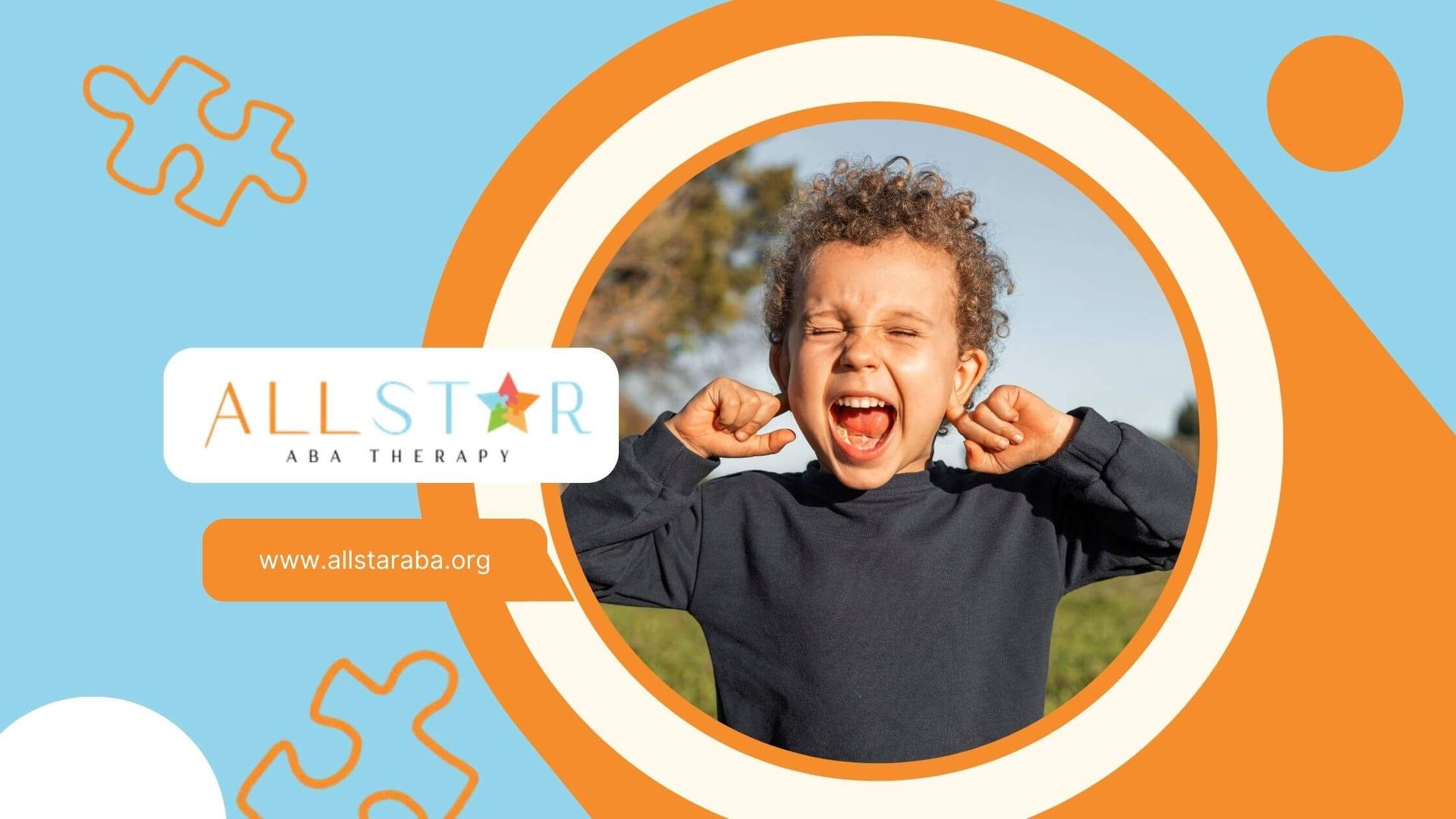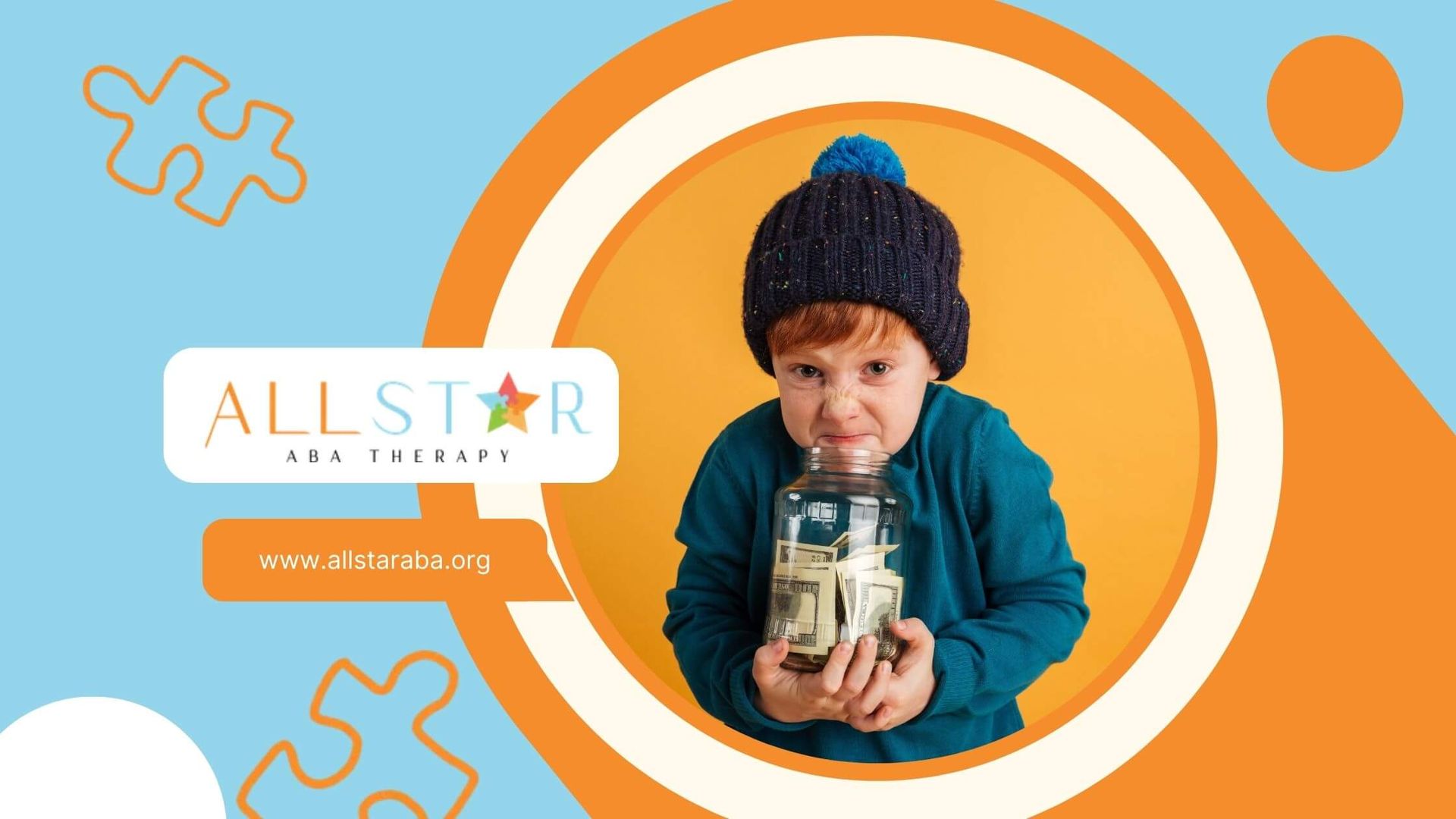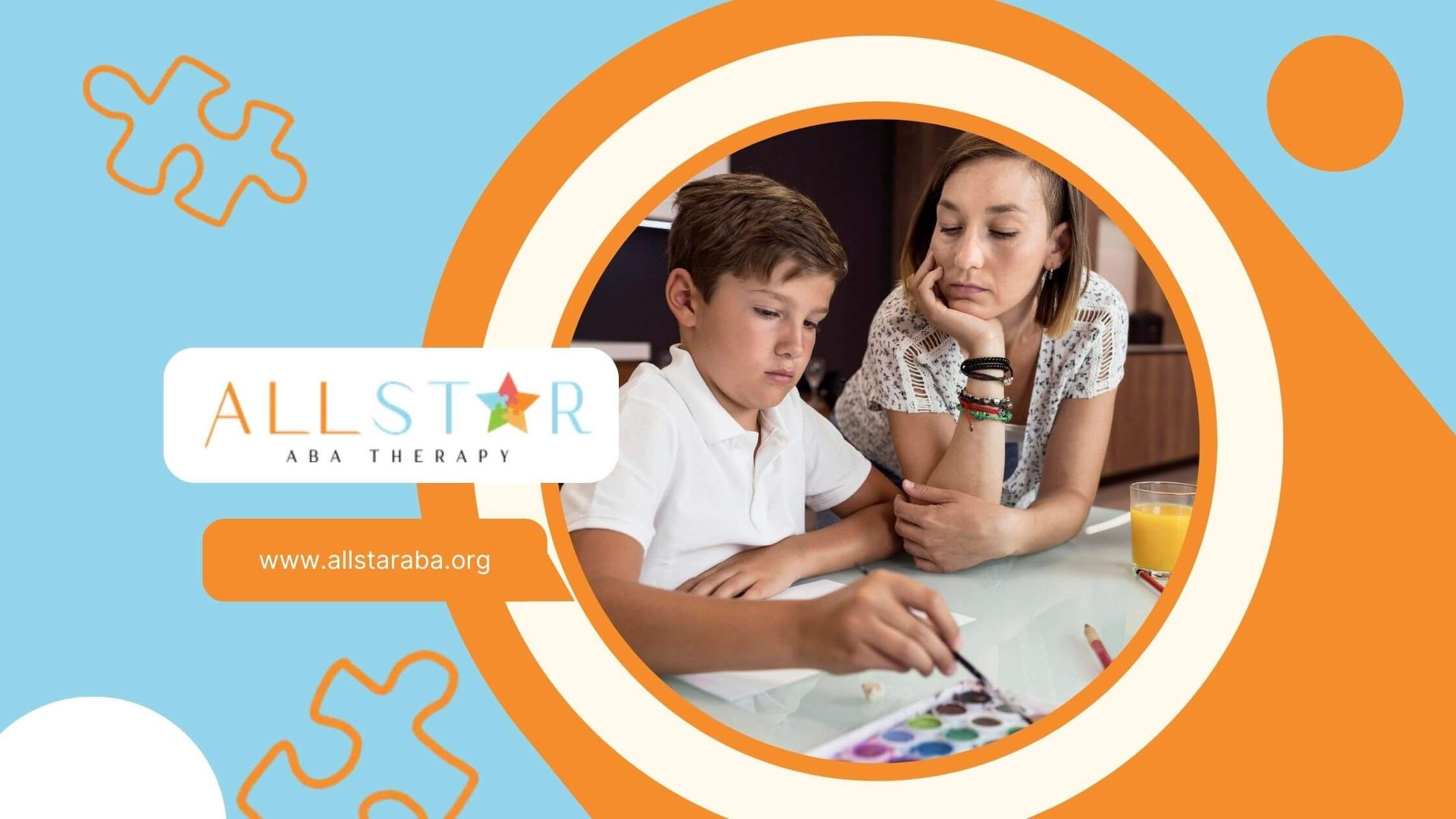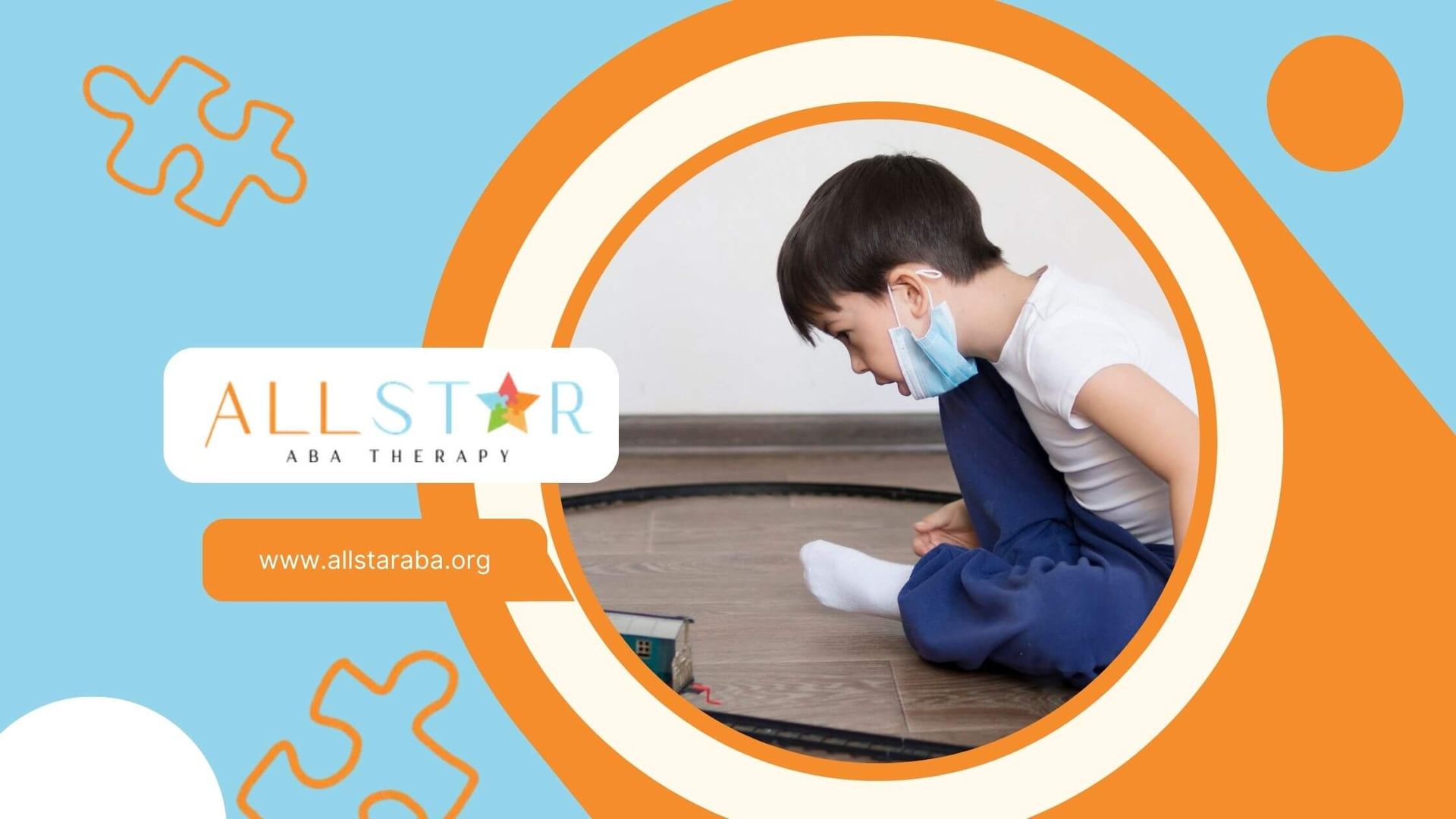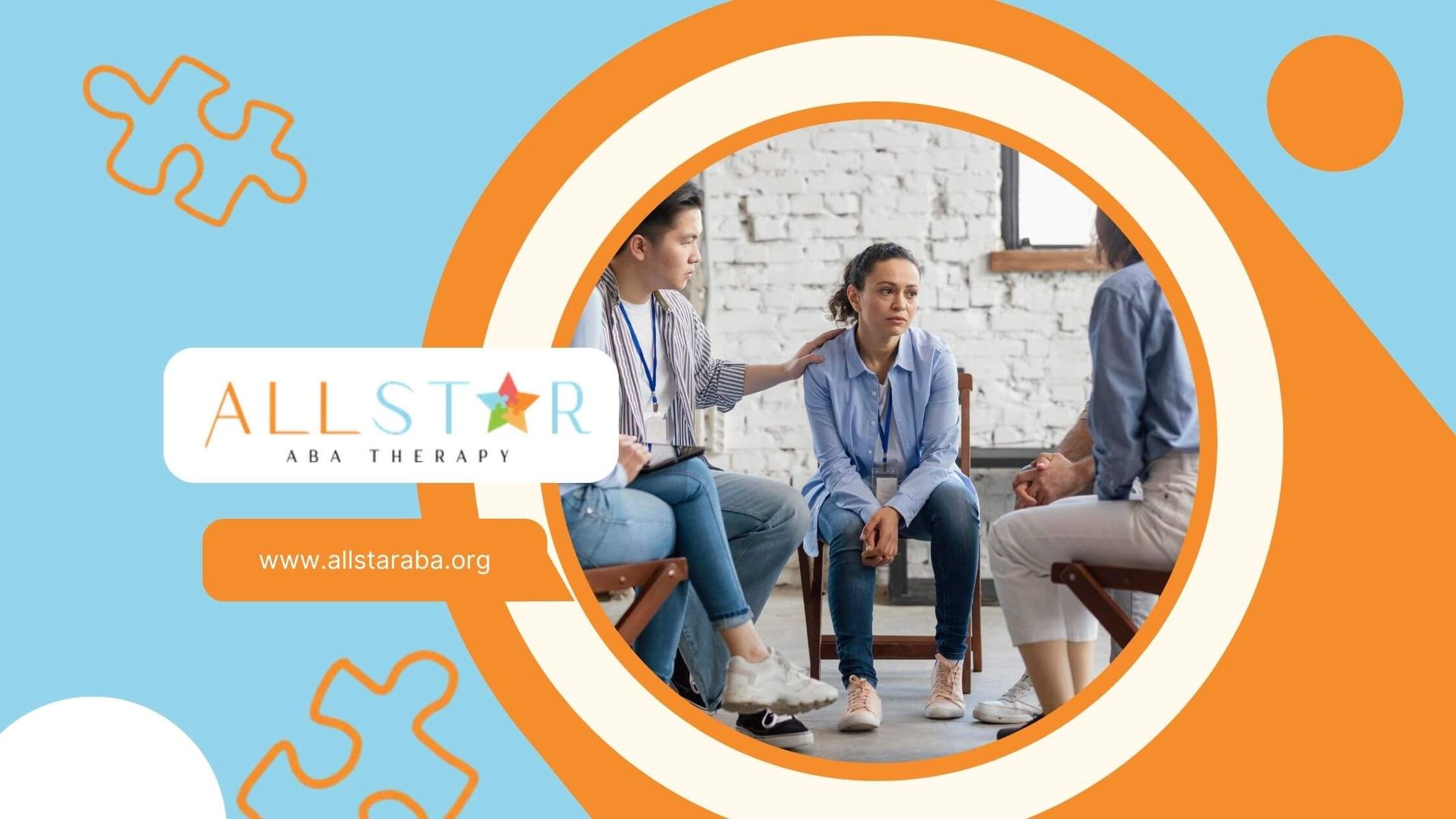New Paragraph
What Are the 5 Steps to Understanding ABA? Essential Insights
ABA therapy is leading the way in helping people with autism spectrum disorder learn important life skills. Based on applied behavior analysis, this type of therapy uses methods that have shown good results. It helps with things like social interactions, daily skills, and communication skills. ABA therapy is made to fit what each person needs. This way, it works well for everyone. Families often see big changes and learn ways that help improve their loved one’s quality of life. The work done through behavior analysis brings real progress and hope to many.
Understanding the Basics of ABA (Applied Behavior Analysis)
Applied behavior analysis (ABA therapy) is a way of looking at and changing behavior using steps that have been proven by science. It focuses on key strategies like positive reinforcement to help meet the specific needs of people, mostly those on the autism spectrum.
This field uses teaching methods designed to help with skill acquisition, such as task analysis and discrete trial training. When behavior analysts use these well-structured ways of teaching in different places, they can help learners improve their communication skills and social interactions. With ABA therapy, there can also be a big rise in the quality of life for those who get this kind of help.
What Is ABA and Why Is It Important?
Applied Behavior Analysis (ABA) is a type of therapy that looks at how people learn and behave. It is often used to help those with autism spectrum disorder. The goal of ABA therapy is to reduce challenging behaviors and help build skills, such as social skills and communication skills. This type of behavior analysis looks at why people act the way they do and then uses proven steps to help bring positive change.
ABA therapy starts with understanding what makes someone act a certain way. It then uses plans, like positive reinforcement, to help people get better at things like talking or getting along with others. These plans include steps that are clear and structured. For kids who are on the autism spectrum, positive reinforcement is often used to help them move forward and learn new skills. Parents and caregivers have an important job too. They help make sure what is learned in therapy keeps happening outside the sessions.
ABA therapy helps people with autism spectrum take part in daily life more fully. It gives them ways to have better social interactions, learn new communication skills, and become more independent. Because ABA measures progress and what works best, it stands out as one of the best ways to help those with autism today.
Key Principles That Drive ABA
The core of ABA therapy is simple. It uses a set of ideas that help bring out good behavior and reduce those that get in the way. The points below explain why ABA therapy works so well:
- Positive reinforcement helps make desirable behaviors happen more often by giving rewards that feel good.
- Behavior analysis looks for patterns in what people do. This helps make plans that fit each person.
- Challenging behaviors are handled with ideas to swap them out for better choices.
The science behind behavior is at the heart of ABA therapy. Experts watch behavior in different settings. They do this to make sure the plan is right and really helps.
ABA teaches people appropriate behaviors by breaking big goals into small, easy steps. This gives people and families the tools to see real changes. ABA wants everyone to think about the future and focus on getting better with time.
Essential Tools and Resources for Beginners
Starting with ABA therapy means you need the right tools and help. Some of these tools are special ABA techniques, things you can see and use, and other helpful materials and equipment. These things make teaching and learning fun and help you meet your goals. If you are new in the field of ABA, you have to follow a clear plan. You need real things you can use to help you do your work well.
Help from skilled people, like ABA therapists or certified behavior analysts, is also very important. They will help you pick the best ways to meet your needs. They will also check your progress and help you keep moving forward.
Materials and Equipment Needed for ABA
Materials and tools are really important in making ABA therapy work well. Things like toys and tokens are used as bonuses in therapy sessions. They help make learning more fun for people taking part. Visual cues help kids link what they hear to what they should do. They also make it easier to handle tricky jobs.
To keep therapy sessions neat and on track, a structured teaching method is used. Therapists use different tools with their ABA programs so everything works better. There are hands-on methods like task analysis to split big goals into more manageable steps.
| Materials and Equipment | Purpose in ABA Programs |
|---|---|
| Tangible items | Rewards for positive behaviors |
| Visual aids | Enhance understanding and engagement |
| Task analysis tools | Break down complex skills |
Using these materials helps deliver strong and useful plans for people in ABA therapy.
Finding Qualified ABA Professionals and Support
For families who are new to the field of ABA, the right help makes all the difference. Here are some things to check for:
- A certified behavior analyst who has skills in behavior analysis.
- ABA therapists who know how to use methods that fit specific needs.
- Help from registered behavior technicians and other people who work as ABA providers.
There is more to support than just having therapists. Family members often learn how to use the same ideas taught during the sessions. When everyone helps, the learner gets strong support from people around them.
Always pick people who keep good communication with you. When they share their advice, families can use the same helpful tips at home. Through the right team and plan, your child can get the most out of the support in the field of ABA.
Step-by-Step Guide: The 5 Steps to Understanding ABA
When you first get to know ABA therapy, it helps to split it into manageable steps. This will make it easier to understand. You will get clear instructions and set sessions. This is so you can see every part and know what to do.
You will start with an evaluation. After that, you will focus on goals made for the person's own needs and skills. In each phase, you will use different strategies and then check the outcomes. These are the specific steps to help you move to success. Let’s look at these five steps and see how they work.
Step 1: Initial Assessment and Goal Setting
Understanding the function of a behavior is at the heart of ABA. The first step is the initial assessment, where experts look at every learner’s needs. You might want to build communication skills or help with limits that stop you. This check helps make the base for your individualized plan.
The first thing to do is to spot behaviors and see why they happen. Knowing this helps people get clear and focused ways to help. The goals are made for each child and are talked about between families and therapists. Both work together to agree on what is best.
The result is a clear plan that helps reach progress. There are targets in place so you can see changes over time.
Step 2: Developing an Individualized Treatment Plan
Creating a treatment plan begins by looking at the learner’s specific needs. ABA techniques are set out clearly to help with every person’s own challenges. Knowing what triggers the behaviors and using the right ways to deal with them is the basis for doing well.
Strategies like skill acquisition work to teach new things and also help manage the root of certain behaviors. These goals are split into manageable parts that fit into planned therapy sessions.
By using behavior analysis, the therapist makes a plan to help the person do better in their daily life.
Step 3: Implementing ABA Interventions
Interventions are the main part of ABA therapy. During this time, proven ways are used to help people learn new behaviors and skills, such as:
- Discrete trial training for teaching behavior in a step-by-step way.
- Natural environment teaching helps people learn skills while they do their regular daily activities.
- Verbal prompts help people answer or act the right way.
- Using positive reinforcement to keep people wanting to try and do well.
In every therapy session, each intervention is changed to fit how the person is doing and where they are. Therapists look at the progress to help people get the most growth during the sessions.
This part of ABA therapy is all about hands-on learning and seeing real changes.
Step 4: Monitoring Progress and Making Adjustments
Tracking progress is important for getting good results with ABA therapy. Therapists often look at how things are going now and check them against the first goals. They watch how things go in different settings to see the learner’s full potential.
When problems come up, changes are made to the plan. This way, the help given can stay useful and right for you. Working with families also helps things work the same outside of the main sessions.
Keeping an eye on how things go shows the real impact of ABA therapy. You can see it in better skills, fewer roadblocks, and a better quality of life for the learner.
Conclusion
To sum up, learning about applied behavior analysis is an important step if you want to use helpful behavioral interventions. When you know the core ideas and follow the steps in this guide, you can handle the details of behavior analysis with more confidence. The first assessments and regular checks both play a vital role in reaching the outcomes you want. Keep in mind that having the right tools and support will make your experience better.
At All Star ABA, we bring the foundational principles of Applied Behavior Analysis to life with unparalleled expertise and dedication. Our highly trained team meticulously applies these principles to create personalized, impactful therapy plans that truly address your child's unique needs. We believe in transparent communication, ensuring you understand every phase of your child's progress as we work together to build critical skills and foster independence. If you are ready to find out more about applied behavior analysis and want advice made for you, feel free to reach out for a free talk with our skilled team. Your path to learning about behavior analysis starts now!
Frequently Asked Questions
How long does it take to see results from ABA therapy?
How fast someone sees results with ABA therapy depends on their individualized plan and the learner’s needs. Some people may see good changes in just a few therapy sessions. Others may need more time to work on specific skills. Being consistent is important. It helps get successful outcomes with ABA therapy.
Can ABA be used for adults as well as children?
Yes! ABA therapy helps both adults and children. It can improve communication skills for people of any age. ABA therapy works in many settings to fit what people need as they grow. This makes it a good way to build skills that matter for all ages.
What are some common misconceptions about ABA?
Some people think that ABA therapy is just about stopping challenging behavior or mostly uses negative reinforcement. But the truth is, it involves a wide range of ways to help people learn and grow in different environments.
This is paragraph text. Click it or hit the Manage Text button to change the font, color, size, format, and more. To set up site-wide paragraph and title styles, go to Site Theme.
Need Support?
We're Here to Help!
Our experienced team is ready to assist you. Reach out today to discuss how we can support your child's development and well-being.
Get started with expert ABA therapy today.



